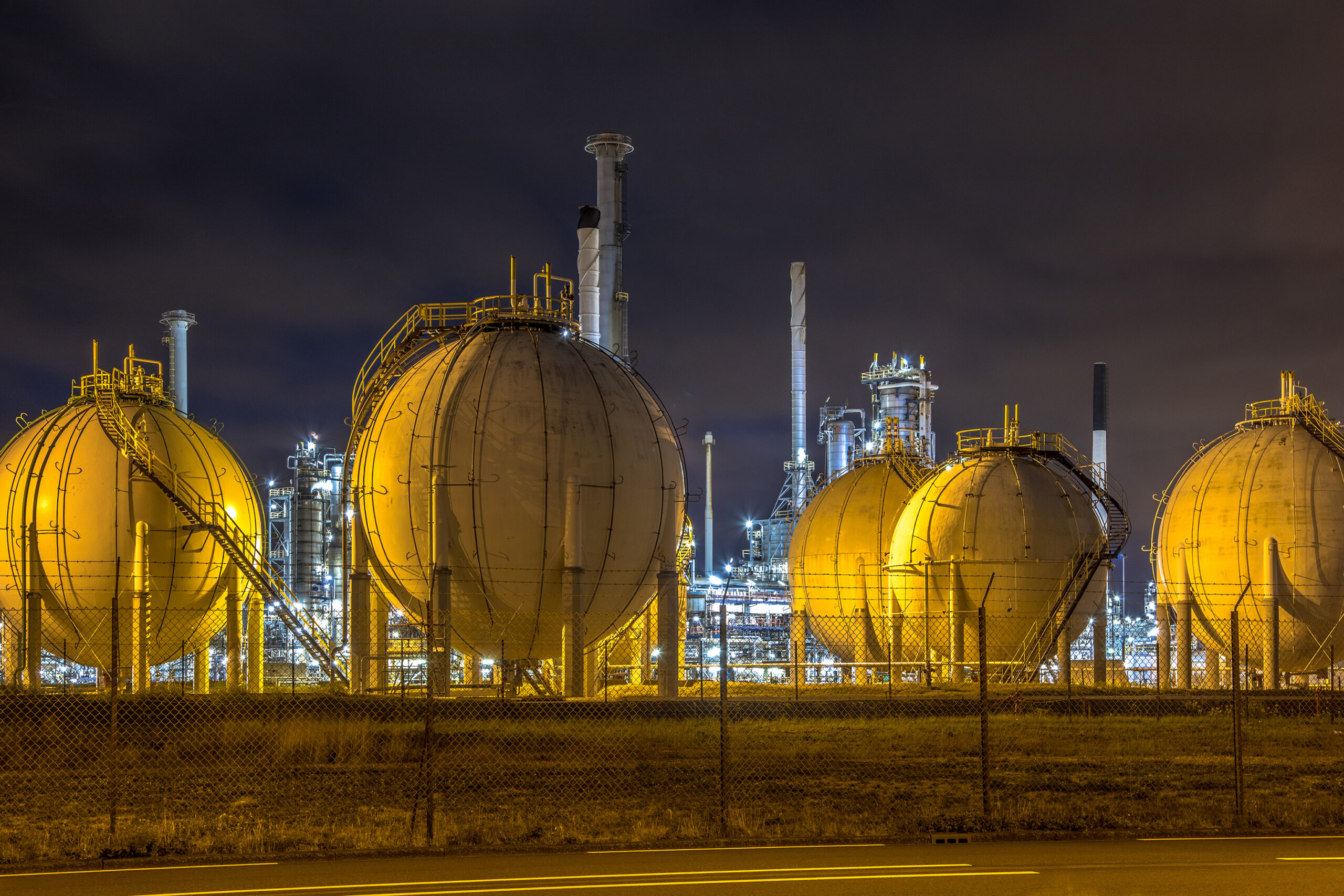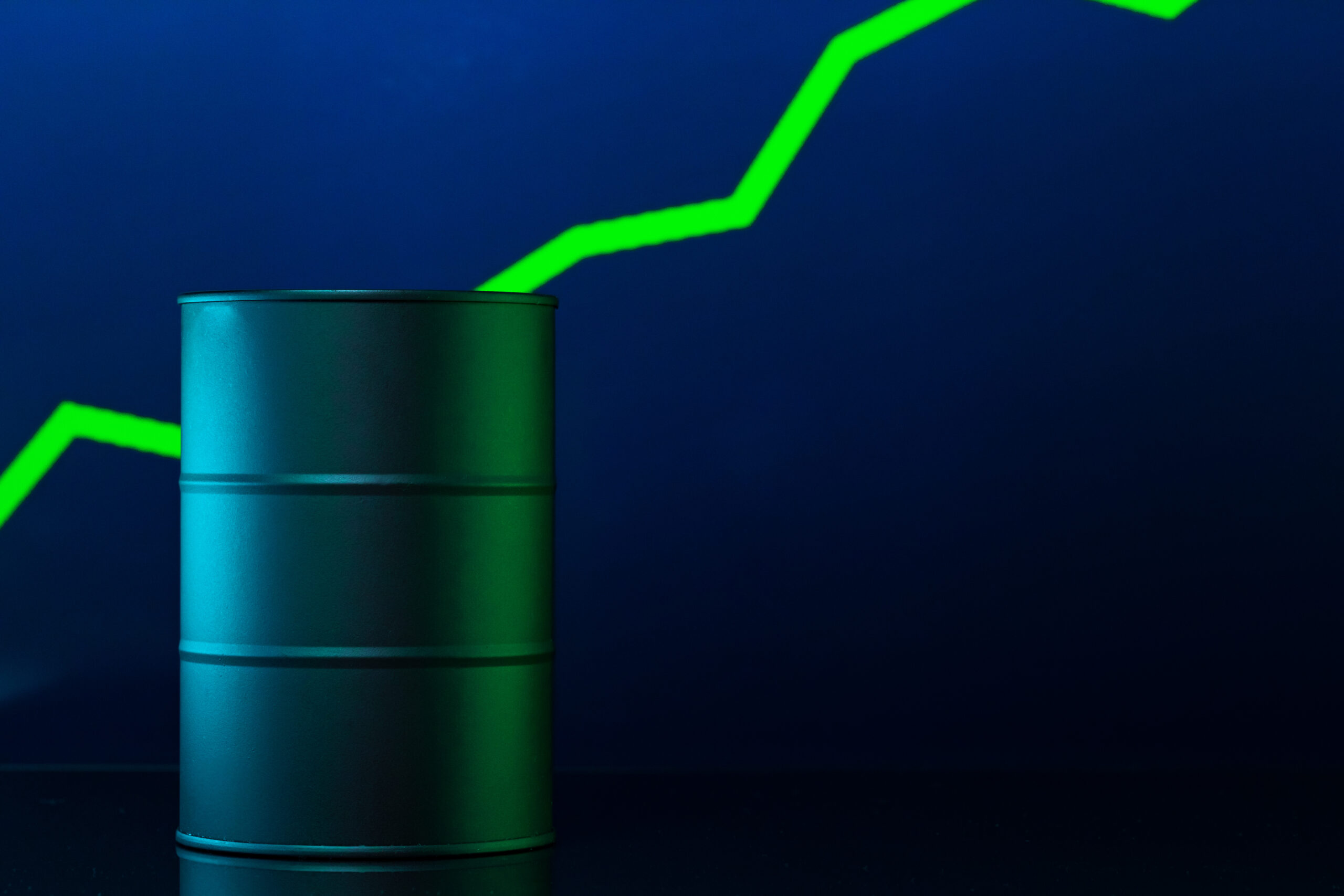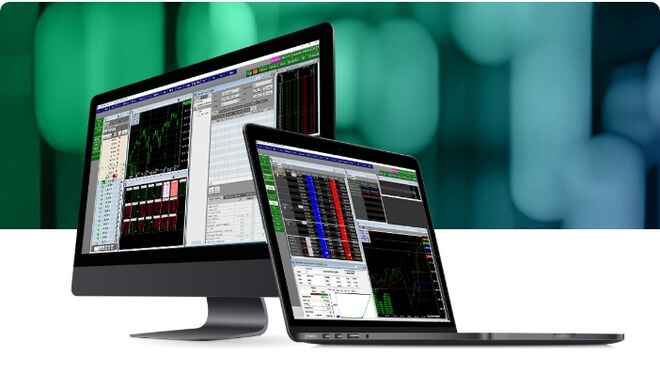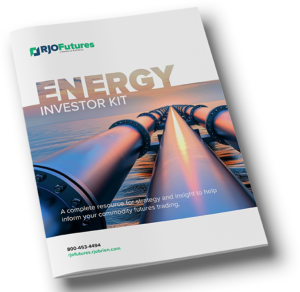Natural Gas Futures Markets
Natural gas futures are a commodity futures product based on the fuel natural gas, which is used extensively throughout the U.S. to heat homes and also has important applications in commercial and industrial settings. Trading natural gas futures grew out of a need to control price volatility with risk management. It is measured by volume and heating quality. Demand peaks with winter’s heating needs and summer’s air conditioning usage. Natural gas, as a commodity, is a convenient energy source that is piped directly from oil fields into homes. Produced domestically, it is distributed to more than 60 million homes and is considered to be a key source in generating electricity and providing energy for new homes. It is considered an alternative and cleaner burning fuel compared to coal as an energy source. As the competition between the two raises, price volatility in the commodity futures product follows suit.
Natural Gas Contract Specs
| Contract Symbol | Contract Units | Price Quotation | Trading Exchange | Trading Hours | Tick Value |
| NG | 10,000 MMBtu | U.S. dollars and cents per MMBtu | CME GLOBEX | 18:00 – 17:00 | 0.001 per MMBtu = $10.00 |
Natural Gas Futures History
Natural gas was once considered an ineffective byproduct of oil production. Starting in the late 1970s, natural gas futures are relatively new in comparison to other commodity markets. The alternative name for natural gas, “Henry Hub”, originates from the gas pipeline with the same name which runs through Erath, Louisiana.
Natural Gas Futures Facts
- Natural gas futures are traded on the InterContinental Exchange (ICE), the New York Mercantile Exchange (NYMEX) and the Multi-Commodity Index (MCX) in India.
- Weather patterns are the best-known price drivers for this commodity futures product, but in recent years global tensions have had a nearly equal impact.
- Texas, Pennsylvania, Oklahoma, Louisiana and Alaska are the top states for natural gas production in the U.S.
- One natural gas futures contract on the New York Mercantile Exchange is 10,000 million British thermal units (mmBtu).
- Delivery months for natural gas futures occur during all months of the year.
Trading Natural Gas Futures
Traders of natural gas futures watch weekly storage and inventory reports published by the Energy Information Administration (EIA), an independent agency of the United States Department of Energy. New information regularly disseminated to the market induces price volatility, which can range from barely noticeable to extreme because though the information is anticipated, its content may not be in line with the market’s expectations.
RJO University
Gain the knowledge and skills to trade futures with confidence. Access in-depth guides, market analysis, and actionable insights. Whether you’re a novice or seasoned trader, our century of industry experience empowers you to navigate complex markets and make informed decisions. Start your journey with RJO’s trusted expertise.
 Energy Futures
Energy Futures
The Basics of Natural Gas Futures Trading: A Beginner’s Guide
 Crude Oil Futures
Crude Oil Futures
Reasons to Trade Crude Oil Futures
 Energy Futures
Energy Futures
Navigating the World of Energy Futures: A Beginner’s Guide
 Crude Oil Futures
Crude Oil Futures



